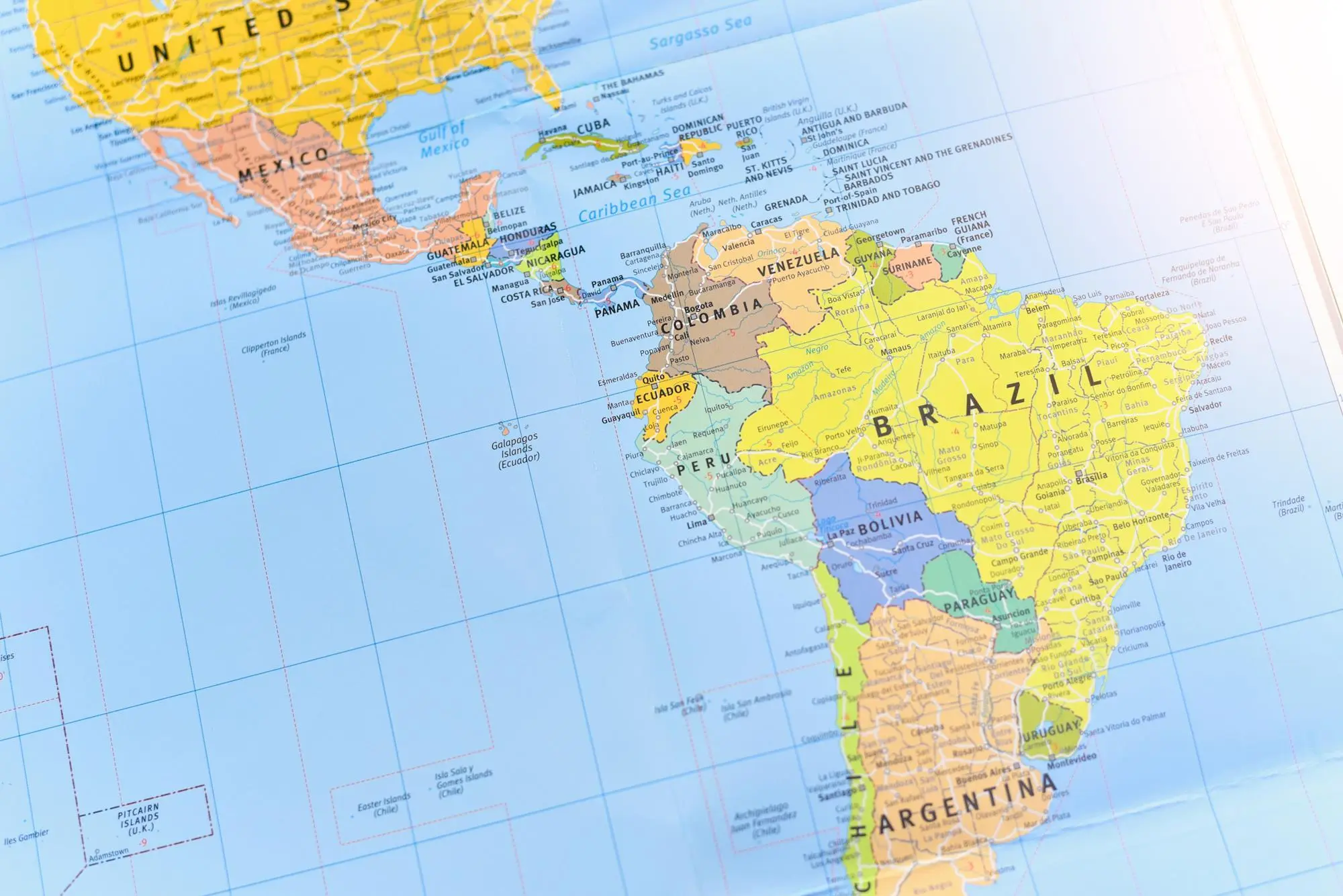The World Bank has updated its 2023 growth forecasts for Latin America to 2%, up from the previous 1.4% prediction. Yet, this rate trails the global average.
In contrast, East and South Asia have seen their GDPs grow by 30% since the pandemic began. Eastern Europe also shows a 15% rise despite conflicts.
However, Latin America has less economic volatility compared to Europe and North America.
Future forecasts for 2024 and 2025 project 2.3% and 2.6% growth. These numbers resemble the 2010s but don’t promise much poverty alleviation.
The World Bank also cautions Latin America. It predicts weaker growth compared to other emerging markets in 2023.
This warning stems from economic uncertainties in key trading partners like G7 countries and China.

On a country level, Guyana leads with a 29% growth forecast. Panama, among bigger economies, is expected to grow 6.3%.
Argentina, however, is likely to see a 2.5% contraction.
Globally high inflation rates affect commodity prices. Yet, these prices are starting to moderate.
This could help Latin American exports. The arrival of El Niño threatens agriculture in many countries.
Moreover, public spending remains elevated in the region. Aid related to the pandemic is declining, but other expenses persist.
High interest rates continue to pressure national budgets and limit debt reduction.
Background
Brazil and Mexico influence Latin America’s economic trajectory. Brazil shows moderate growth prospects, but political uncertainty is a concern.
Mexico’s U.S. ties provide some economic stability, though crime impacts investor sentiment.
In global context, Latin America’s 2% growth falls short of Sub-Saharan Africa’s 3.4% and MENA’s 3.2%.
This reveals missed post-pandemic opportunities for the region. Issues like corruption and weak institutions deter foreign investments and hamper innovation.
In contrast, regions like the European Union, with strong legal frameworks, attract more investments and achieve healthier growth rates.
Global inflation rates can also impact Latin America. Higher inflation poses a risk to budget stability.
Yet, with good management, inflation can be less problematic here than in more volatile markets.
In conclusion, Latin America’s projected 2% growth in 2023 is a modest step.
The region faces many challenges, such as high interest rates, inflation, and political instability.
To compete globally, Latin America must address these structural issues urgently.

